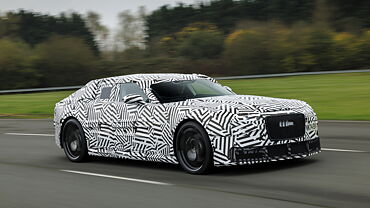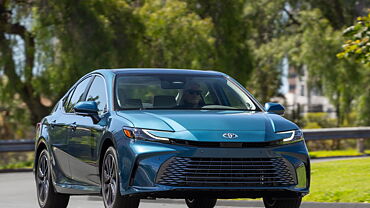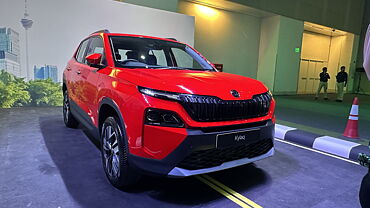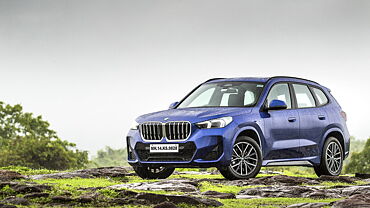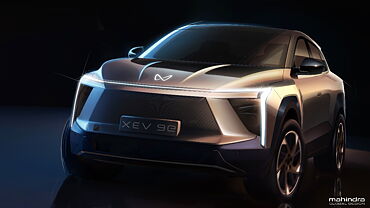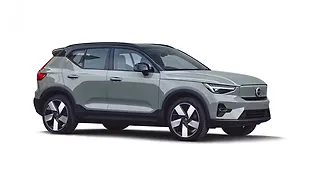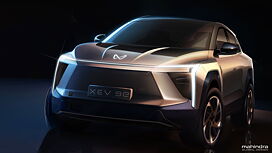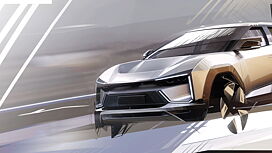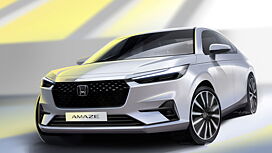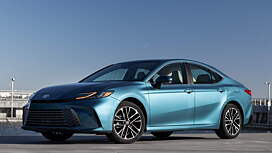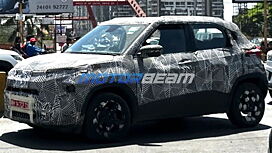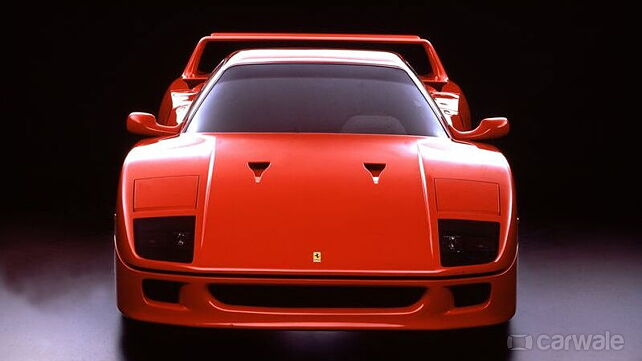
Group B was the ultimate expression of World Rally racing and with their tarmac trophies safe under its belt, Ferrari wanted to fight the Group B. By the time the Ferrari’s Group B contender was developed, the FIA had decided to scrap the class altogether as the cars had become a bit too fast even for the spectators. So when the Ferrari 288 GTO was built, it had nowhere to compete. So Enzo Ferrari decided to go a step ahead and build an out-and-out sports car, the Ferrari F40. Revealed in 1987, the F40 turned out to be the last supercar Enzo had commissioned and became his ultimate swansong.

Powered by a 2.9-litre V8 engine, the bored-out version of the 288 GTO, the Ferrari F40 delivered a healthy 478bhp of power which was quite a handful especially with the tyres and electronics of the 80s. With a five-speed dog-leg manual gearbox to lay power from the turbocharged engine down through the rear wheels, the F40 was among the last of that pure breed of fast cars.

And it looked that part as well. It was so low that Ferrari had to offer suspension raising kits and this wasn’t for Indian roads. If you look back at it today, the lines are still fancy. The design is timeless and elegant and that is because of its simplicity. Pininfarina had evolved this design over a decade and it screamed supercar from every angle. The low nose, the air scoops on the sides, the wider rear track and the large wing spoiler made it look like a spacecraft.
From the inside, the Ferrari F40 wasn’t anything like today’s prancing horses. It was bare bones with racing bucket seats, four-point harnesses and a namesake dashboard to hold the dials. It was built to race, a car that you could drive straight to the grid on a Sunday morning. It was impractical, uncomfortable and impeccable at the same time.

The Porsche 959, the F40s rival, has been regarded as a better car by many. But then, the Ferrari had a different charm to it. It was old-school even for the 80s. The twin-tube spaceframe chassis was light and made the car very nimble but had its origins in the 60s. Some say, the F40 chassis flexed and weaved under duress and felt like a large go-kart with a plastic body on it.

Nonetheless, the Ferrari F40 could hit the 100kmph mark in just 4.1 seconds 30 years ago and claimed a top-speed of over 200mph (320kmph). Now, it tops many a list of collectable modern Ferraris and will go down in the history books as Enzo Ferrari’s last hurrah!

